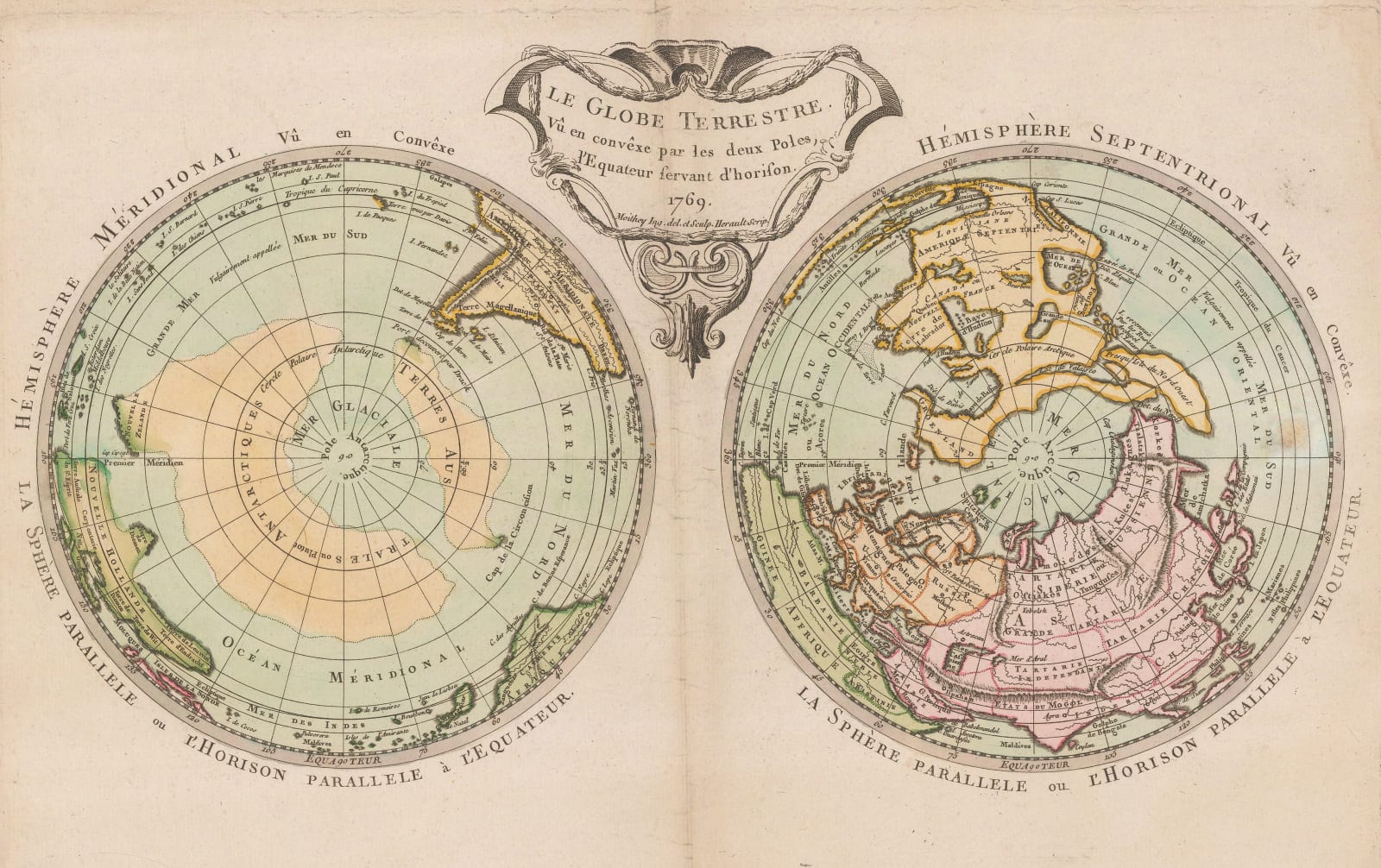- All
- AFRICA
- ▪ Central Africa
- ▪ East Africa
- ▪ North Africa
- ▪ Southern Africa
- ▪ West Africa
- ▪ Atlantic Islands
- AMERICAS
-
▪ United States (USA)
- USA - East
- USA - Midwest
- USA - Northeast
- USA - Southeast
- USA - West & Southwest
- Alabama
- Alaska
- Arizona
- Arkansas
- California
- Colorado
- Connecticut
- Delaware
- Florida
- Georgia
- Hawaii
- Idaho
- Illinois
- Indiana
- Iowa
- Kansas
- Kentucky
- Louisiana
- Maine
- Maryland
- Massachusetts
- Michigan
- Minnesota
- Mississippi
- Missouri
- Montana
- Nebraska
- Nevada
- New Hampshire
- New Jersey
- New Mexico
- New York
- New York City
- North Carolina
- North Dakota
- Ohio
- Oklahoma
- Oregon
- Pennsylvania
- Rhode Island
- South Carolina
- South Dakota
- Tennessee
- Texas
- Utah
- Vermont
- Virginia
- Washington
- Washington, D.C.
- West Virginia
- Wisconsin
- Wyoming
- ▪ North America
- ▪ South America
- ▪ Caribbean
- ASIA
- ▪ East Asia
- ▪ Southeast Asia
- ▪ India & South Asia
- ▪ Middle East & Turkey
- BRITISH ISLES
- ▪ London
-
▪ England
- English Cities
- Bedfordshire
- Berkshire
- Buckinghamshire
- Cambridgeshire
- Cheshire
- Cornwall
- Cumbria
- Derbyshire
- Devon
- Dorset
- Durham
- Essex
- Gloucestershire
- Hampshire
- Herefordshire
- Hertfordshire
- Huntingdonshire
- Isle of Wight
- Kent
- Lancashire
- Leicestershire
- Lincolnshire
- Middlesex
- Norfolk
- Northamptonshire
- Northumberland
- Nottinghamshire
- Oxfordshire
- Rutland
- Shropshire
- Somerset
- Staffordshire
- Suffolk
- Surrey
- Sussex
- Warwickshire
- Wiltshire
- Worcestershire
- Yorkshire
- Yorkshire East Riding
- Yorkshire North Riding
- Yorkshire West Riding
- ▪ Ireland
- ▪ Scotland
- ▪ Wales
- EUROPE
- ▪ Austria & Switzerland
- ▪ Benelux Region
- ▪ Central & Eastern Europe
- ▪ France & Monaco
- ▪ Germany
- ▪ Greece
- ▪ Italy
- ▪ Mediterranean Sea
- ▪ Spain & Portugal
- ▪ Scandinavia & Baltics
- ▪ Russia, Ukraine & Caucasus
- OCEANIA
- ▪ Australia
- ▪ New Zealand
- ▪ Pacific Ocean & Islands
- ▪ Papua New Guinea
- POLAR
- CELESTIAL
- WORLD
- GLOBES & INSTRUMENTS
- THEMATIC
- COLLABORATIONS
Maurille-Antoine Moithey
24 x 43 cm
In many ways, this curious map is an anomaly. Although dated 1769 on the cartouche, it was first issued in bound form in Philippe de Pretot's "Atlas Universel" in 1787 although it may have been previously issued as a separate publication or loose sheet.
It shows the world as a northern and southern hemisphere and its geographical perception highlights some of the more eccentric geographical theories of the 18th century in a new and unusual manner.In the northern hemisphere, the most prominent feature is the inclusion of a Northwest Passage that almost bisects Canada. This is complimented by the enormous, mythical "Bay of the West" based on Joseph Nicholas de L'Isle's map of 1750. A brief mention is made of the Russian discoveries by Vitus Bering in 1743 but this is overshadowed by the oddity that is the enormous island in the area of Alaska. This was an attempt to reconcile many of the mythical land masses previously reported in that area, such as "Gamaland", which even the most eminent of map makers had included on their earlier maps. "Company's Land", another mythical island ubiquitously shown on nearly all maps of the world from the late 17th century up to this period, is still shown east of Japan and the marine area north of Japan is entitle as the Sea of Korea, which is a point of debate to this day. Finally, another legendary feature is the area called "Fousang" or "Fusang", just north of the Bay of the West, a supposed Chinese province far to the east of China; this reflected a fashionable French theory of the day that the Chinese had sailed to the west coast of North America in the 6th century AD, when the region of "Fusang" was first referenced in Chinese records. Joseph de Guignes, the French historian and main proponent of this theory also believed that China was a colony of ancient Egypt.
The southern hemisphere is also a tapestry of speculation and theory. The main feature is the portrayal of the continent of Antarctica as two separate islands. This is based on the map first issued by Philip Buache in 1739 and relates to the ancient theory of the Great Southern Land or Unknown Southern Land. Speculation about a vast southern landmass had been rife from the classical period onwards with geographers such as the Roman Pomponius Mela mentioning the possibility of its existence. Medieval maps based on Ptolemy referred to it by land locking the Indian Ocean. It had been firmly established on maps until the late 17th century but as more and more mariners had sailed deep into the southern ocean returning with only the vaguest of reports it had begun to disappear from maps. However, in 1739, Buache drew a revolutionary speculative map which showed that the Great Southern Land was not one but two separate islands and that the coast of New Zealand as discovered by Abel Tasman was part its coastline. Added to it was the speculation that the long lost landing site by Sir Francis Drake during his circumnavigation, a hotly debated topic, was south of Tierra del Fuego on an as yet undiscovered part of the coastline of these southern islands.
In 1754, Buache revised this map and this time integrated a new discovery made by the French expedition under Jean Baptiste Bouvet de Lozier in 1739. Bouvet sighted a small coastline in the far South Atlantic. He named it Cap de la Circoncision (today Bouvet Island) and Buache added it another section of coastline to his as yet undiscovered islands. Moithey's version is based on this 1754 revision.
Original colour. [WLD4314]
- X
- Tumblr
Join our mailing list
* denotes required fields
We will process the personal data you have supplied to communicate with you in accordance with our Privacy Policy. You can unsubscribe or change your preferences at any time by clicking the link in our emails.
Contact
The Map House
54 Beauchamp Place,
London SW3 1NY,
United Kingdom
maps@themaphouse.com
+44 (0)20 7589 4325

This website uses cookies
This site uses cookies to help make it more useful to you. Please contact us to find out more about our Cookie Policy.
Join our mailing list
* denotes required fields
We will process the personal data you have supplied to communicate with you in accordance with our Privacy Policy. You can unsubscribe or change your preferences at any time by clicking the link in our emails.

